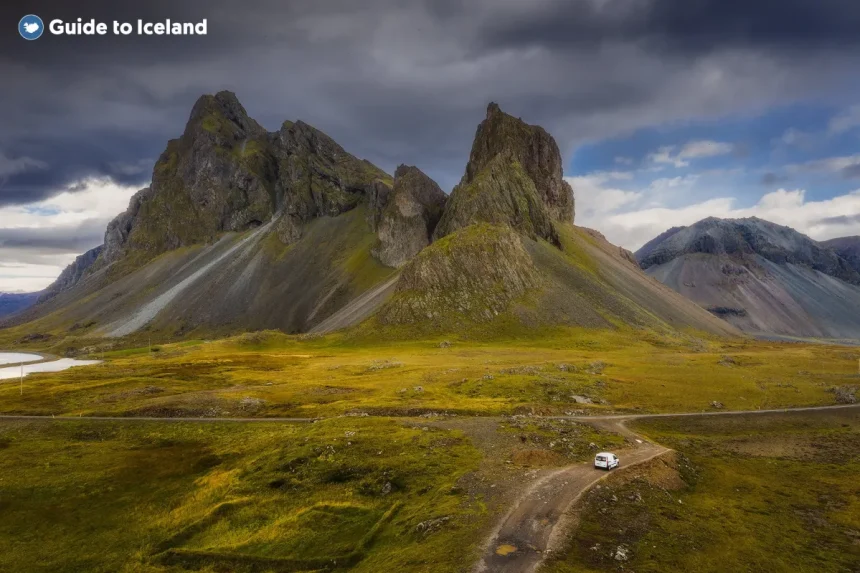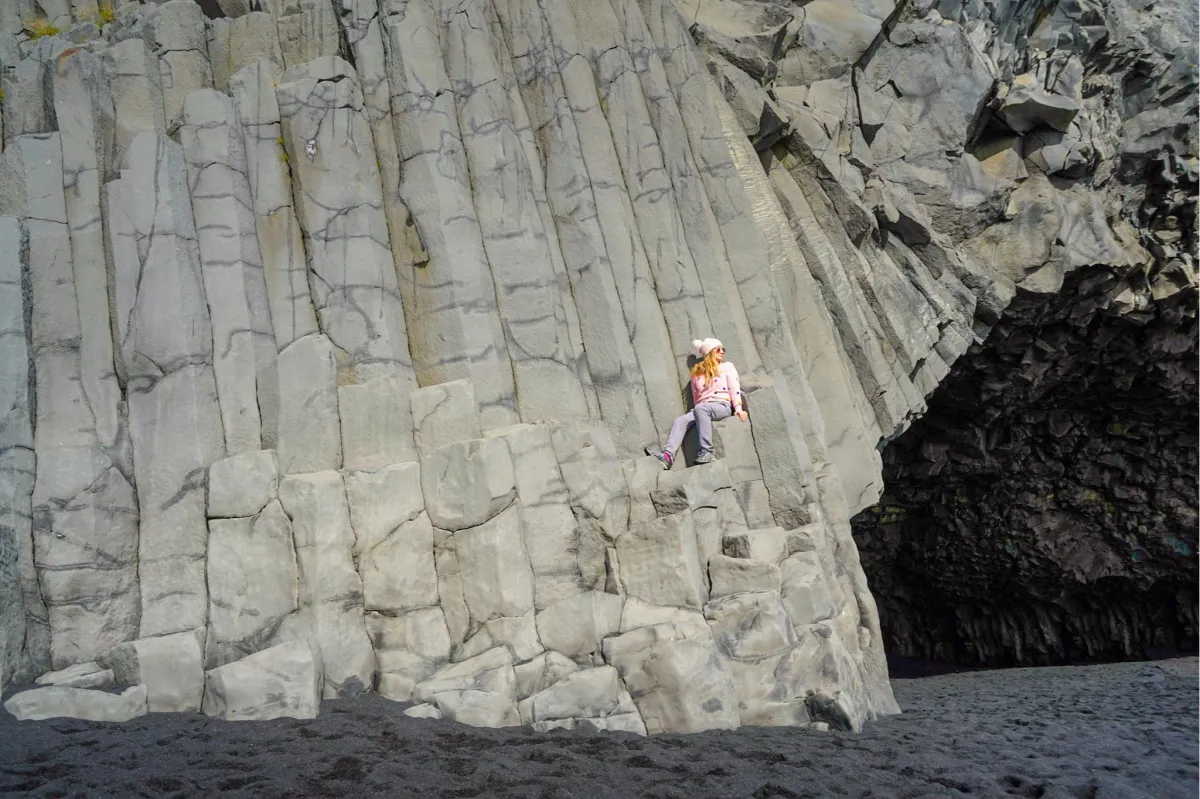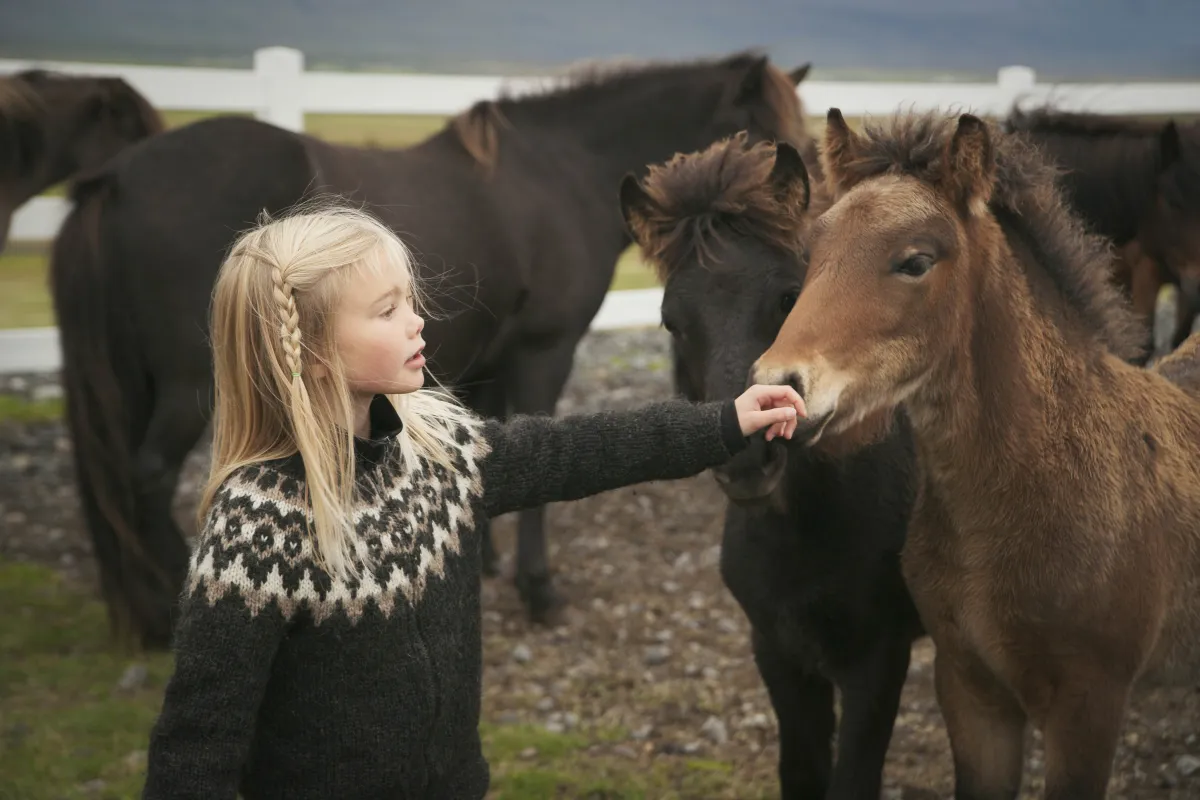Planning Your Iceland Trip
Before you start your Iceland adventure, it’s important to plan key details like the best time to visit, your budget, and travel requirements.
Best Time to Visit Iceland
Iceland offers different experiences depending on the season. The summer months (June to August) are great for long daylight hours, mild weather, and easy access to hiking trails. If you’re aiming to see the Northern Lights in Iceland, then the darker months from September to April are best. Winter brings stunning snowy landscapes but also colder weather and shorter days.
Budgeting for Iceland Travel
Iceland isn’t known for being cheap, so set a realistic budget early. Dining out, car rentals, and tours can add up quickly. To save money:
- Book accommodations and car rentals in advance
- Consider guesthouses or Airbnb instead of hotels
- Cook some meals if possible
- Look for discount passes for attractions
Visa and Entry Requirements
For U.S. travelers, Iceland is part of the Schengen Area, so no visa is needed for stays under 90 days for tourism. Make sure your passport is valid for at least six months from your travel dates. It’s helpful to check the latest travel updates, especially for any health or safety entry rules before you go.
Planning your trip carefully helps you make the most of your Iceland itinerary without surprises or stress.
Packing and Preparing for Iceland’s Unique Conditions
Iceland’s weather is famously unpredictable, so packing smart is essential for a smooth trip. Layers are your best friend—think moisture-wicking base layers, warm mid-layers, and a waterproof, windproof outer shell. Don’t forget a hat, gloves, and a good scarf to keep warm, especially if you’re chasing the Northern Lights Iceland style or exploring glaciers.
Packing for Unpredictable Weather
- Layering is key: Weather can shift from sun to rain to snow in a matter of hours.
- Waterproof jacket and pants: Essential for hikes and sightseeing under rainy skies.
- Sturdy, waterproof boots: Trails can be muddy or slippery, so support and grip matter.
- Quick-dry clothes: Avoid cotton, as it holds moisture and will leave you cold.
- Swimsuit: For relaxing in geothermal pools like the Blue Lagoon or secret hot springs.
Gear for Outdoor Adventures
If outdoor activities like glacier hikes, volcano tours, or road trips around the Golden Circle tour are on your list, pack:
- Headlamp or flashlight: Useful in winter months with limited daylight.
- Daypack: For carrying essentials during day trips.
- Reusable water bottle: Tap water in Iceland is pure and safe.
- Sunglasses and sunscreen: Yes, even in cooler weather, UV rays can be strong.
Safety and Weather Apps
Technology can be a lifesaver in Iceland’s rugged landscape. Download these apps before you go:
- Veður: The official Icelandic weather app for up-to-date forecasts.
- Safetravel: Provides real-time warnings about road closures, weather hazards, and emergency info.
- Aurora Forecast: To track Northern Lights activity, so you know when to head out.
Being prepared with the right packing essentials and safety apps makes your Iceland itinerary much more enjoyable and stress-free. For more travel planning advice, check out these road trip travel tips to help you get ready for your adventure.
Getting Around Iceland
When it comes to getting around Iceland, you have a few solid options depending on your travel style and budget.
Renting a Car vs Tours
Renting a car is the most popular choice if you want freedom. It lets you explore Iceland’s famous spots like the Golden Circle and hidden gems at your own pace. Plus, having a car means you can chase the Northern Lights without worrying about tour schedules. Just be aware that driving conditions can be tricky, especially in winter.
If you prefer a stress-free option, guided tours are great too. They handle all the logistics, and you get a local’s insight on top attractions. Tours are ideal if you’re visiting for a short time or don’t want to drive on unfamiliar roads.
Driving Tips for Iceland
If you decide to rent a car, keep these tips in mind:
- Always check weather and road conditions before hitting the road.
- Drive carefully on gravel roads and watch for single-lane bridges.
- Stay on marked roads; off-roading is illegal and harms Iceland’s delicate nature.
- Be prepared for sudden weather changes and reduced visibility.
- Use headlights at all times, day or night.
Public Transport and Flights
Public buses cover Reykjavik and some regions but aren’t very convenient for tourists wanting to explore widely. Iceland’s small domestic flights can save time if you’re short on it—especially for reaching distant areas like Akureyri or the Westfjords. However, they come at a higher cost compared to driving.
In short, renting a car gives the most flexibility and is highly recommended for exploring Iceland fully. But tours and public options can work well if you want a simpler travel pace.
Must Visit Attractions and Experiences in Iceland
When planning your Iceland itinerary, some stops are a must to get the full experience of this unique destination.
The Golden Circle
This is a classic Iceland travel must-see. The Golden Circle tour covers three big hits:
- Þingvellir National Park: A UNESCO site where you can see the dramatic rift between North American and Eurasian tectonic plates.
- Geysir Geothermal Area: Catch the Strokkur geyser erupting every few minutes.
- Gullfoss Waterfall: One of Iceland’s most famous waterfalls, powerful and stunning.
South Coast Highlights
Driving along Iceland’s south coast is a highlight of any road trip. Key spots include:
- Seljalandsfoss and Skógafoss waterfalls — both walkable and highly photogenic.
- Reynisfjara Black Sand Beach — known for its basalt columns and dramatic waves.
- Vík Village — a great stop for views and local food.
Northern Lights and Winter Activities
If traveling in winter, seeing the Northern Lights Iceland offers is unforgettable. To increase your chances:
- Head to dark spots away from city lights.
- Consider booking guided Northern Lights tours.
Other winter must-dos include: - Ice caving
- Snowmobiling on glaciers
- Winter hiking
Hot Springs and Geothermal Pools
Iceland is famous for its geothermal waters. Besides the Blue Lagoon, there are other gems:
- Secret Lagoon in Flúðir for a more natural vibe.
- Mývatn Nature Baths in the north.
- Many local swimming pools with warm water where you can mingle with locals.
Off the Beaten Path Gems
If you have extra time or want to avoid crowds, check out these lesser-known spots:
- Westfjords — dramatic cliffs and isolated fjords.
- Snæfellsnes Peninsula — often called “Iceland in Miniature” with mountains, lava fields, and seaside views.
- Highlands (summer only) — for hiking and rugged landscapes.
Focusing on these key attractions and experiences will help you craft a well-rounded Iceland travel adventure that hits all the highlights and gives you a taste of the country’s natural beauty.
Cultural and Practical Tips for Iceland Travel
Understanding Icelandic Culture
Icelanders are friendly but value personal space and honesty. It’s polite to greet with a simple “Hello” or “Good morning” and respect quiet moments, especially in nature. Tipping isn’t expected since service is included, but rounding up is appreciated for excellent service. Knowing a few Icelandic phrases, like “Takk” (Thanks), goes a long way. Also, Iceland takes environmental care seriously — always follow local guidelines to protect the pristine landscapes.
Dining on a Budget
Eating out in Iceland can be pricey, but there are smart ways to save:
- Visit grocery stores like Bonus or Kronan for ready-made meals and snacks.
- Try lunch specials at cafes; they’re usually more affordable than dinner menus.
- Street food trucks in Reykjavik offer tasty, budget-friendly options like lamb or fish sandwiches.
- Cooking if you stay in accommodations with kitchen access can save a lot.
Safety for Solo and Female Travelers
Iceland consistently ranks as one of the safest countries in the world, which is great news for solo and female travelers. Still, keep these tips in mind:
- Stay on marked trails and avoid remote areas alone after dark.
- Use official tour operators for activities like glacier hiking or Northern Lights tours.
- Trust your instincts and keep emergency numbers handy (112 is the general emergency number).
- Icelandic people are welcoming and helpful, so don’t hesitate to ask locals if you need assistance.
Following these tips helps you enjoy Iceland’s culture respectfully and safely, keeping your trip smooth and memorable.
For more travel safety hacks and tips, check out this travel tips guide.
Making the Most of Your Trip with Aura
Planning your Iceland travel can feel overwhelming, but Aura makes it easy to customize your itinerary based on what you want to see and do. Whether you’re chasing the Northern Lights Iceland spots or mapping out the Golden Circle tour, Aura’s travel planning tools help organize everything in one place so you don’t miss a thing.
Aura also encourages sustainable and responsible travel—important for Iceland’s fragile environment. The site offers practical tips on how to respect local culture, reduce waste, and support eco-friendly tours. This way, you enjoy Iceland’s natural beauty without leaving a negative footprint.
With Aura, you get:
- Tailored Iceland itinerary suggestions
- Budget-friendly travel hacks for Iceland
- Packing lists designed for Iceland’s unpredictable weather
- Safety and local travel advice
Using Aura’s resources means you spend less time stressing and more time soaking in the adventure. Perfect for U.S. travelers looking for a smooth, well-planned Iceland experience.











